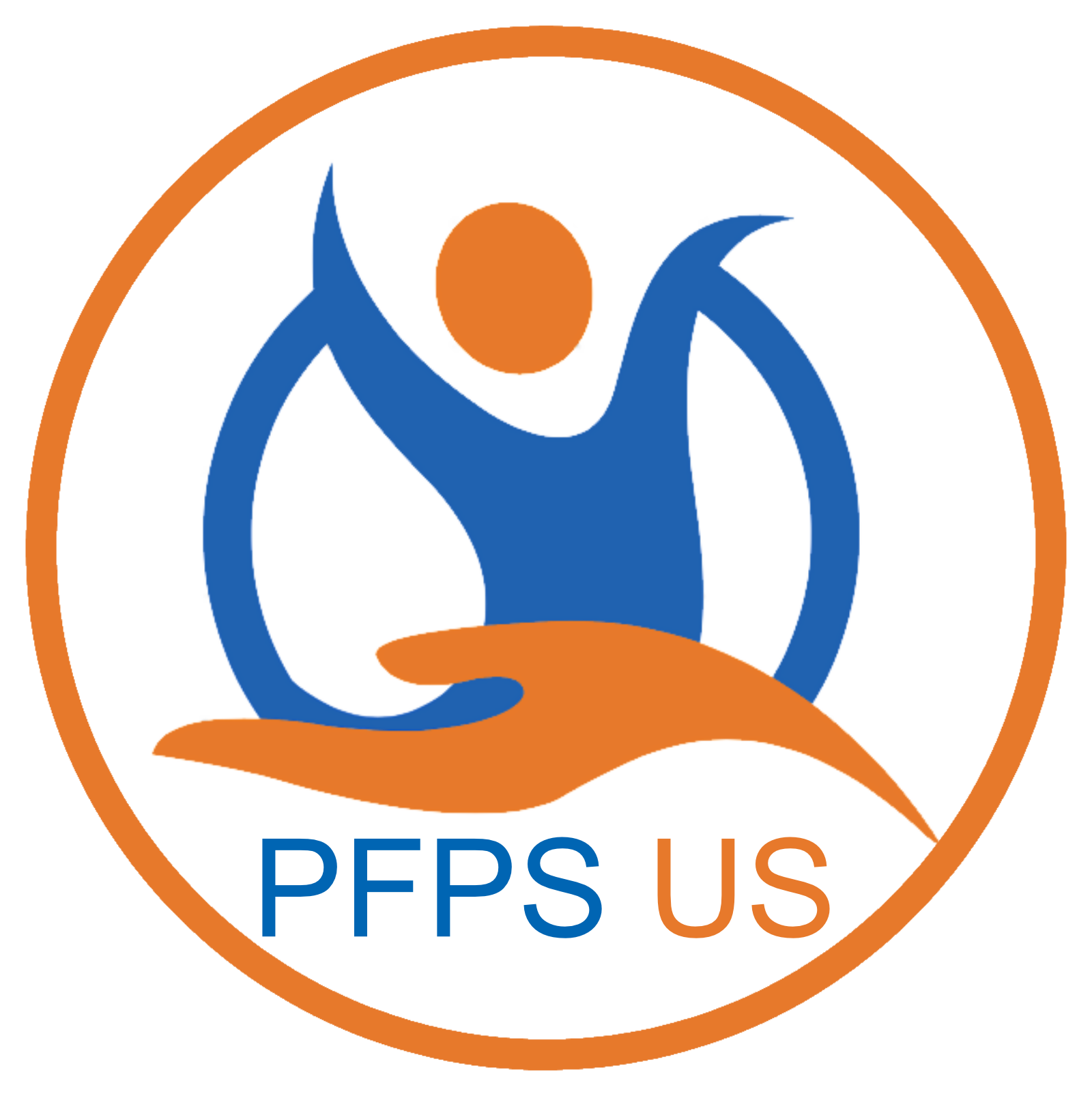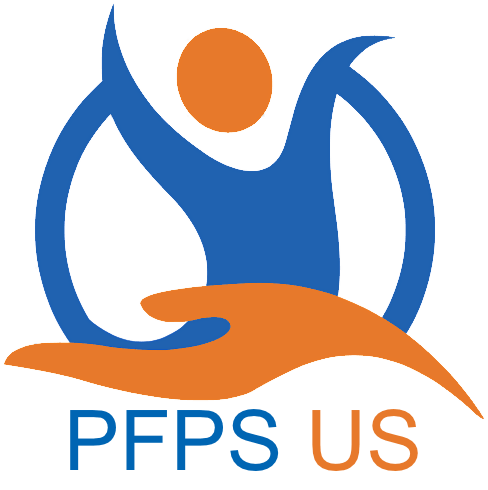PATIENTS FOR PATIENT SAFETY US
Sue Sheridan named co-chair of the National Academy of Medicine’s
Patient Safety in the Era of AI Initiative
FOR IMMEDIATE RELEASE
Atlanta, GA – Patients for Patient Safety US (PFPS US) is pleased to announce that Sue Sheridan, President and CEO, has been named co-chair of the National Academy of Medicine’s Patient Safety in the Era of AI initiative, alongside Gianrico Farrugia, CEO of Mayo Clinic, and Wright Lassiter, CEO of CommonSpirit Health.
The specific focus of this two-year initiative, launching in March 2026, will be on using AI to improve patient safety. It will capitalize on AI as an enabler of breakthrough improvement in detecting, predicting, and preventing patient harm, grounded in the principles and safeguards set forth in NAM’s Artificial Intelligence Code of Conduct for Health and Medicine. Its work will culminate in a national strategy for AI-enabled patient Safety with an emphasis on patient-centeredness, exploring potential topics such as patient-directed AI to improve outcomes, as well as AI-powered patient-generated data that capture patient and diagnostic safety events and experiences more effectively.
“I am thrilled to be part of such a transformational initiative. Too many patients and families are left with painful ‘what ifs’ after harm occurs from unsafe care,” said Sheridan. “The NAM initiative has the potential to leverage AI to prevent harm before it happens, empower patients and families, and optimize learning from our lived experiences to ensure those ‘what ifs’ never occur to others”.
“Patient safety cannot be meaningfully advanced without patients and families as full partners in the work”, said Laura Adams, Senior Advisor at the NAM and the initiative lead. “Sue Sheridan and Patients for Patient Safety US bring an essential moral compass to this effort, ensuring that patient experience is a driving force in shaping AI-enabled safety strategies that are trustworthy, humane, and effective”.
PFPS US will be uniquely positioned to contribute real-world examples of how patients are using AI to improve their care and outcomes and serve as a critical sounding board for ideas and innovations that emerge throughout the NAM initiative.
PFPS US
Patients for Patient Safety US (PFPS US) is a patient-led, non-profit organization of dedicated individuals and organizations united in the mission to enhance patient safety for all Americans.
MISSION
To unite patients, families, and stakeholders to improve diagnostic accuracy, advance patient safety, and eliminate health disparities through research, policy, advocacy, and technology.
VISION
A world in which no one is harmed in health care, and every patient receives safe and respectful care every time, everywhere.
What We Do

Advocacy and policy in healthcare are closely interconnected concepts that together shape how healthcare organizations function, how care is delivered and paid for, what medicines or devices can be used to treat patients, how patient privacy is protected, and how health is maintained and continuously improved.
We are committed to advancing research that centers patient and family experiences, particularly in areas where harm is most prevalent, such as diagnostic safety and the dismissal of patient concerns.
In the rapidly evolving field of health technology, we are at the forefront of advancing responsible AI in healthcare.
Together, these efforts reflect PFPS US’s integrated approach to achieving zero harm in healthcare, combining patient-driven advocacy, rigorous research and measures, policy leadership, and technological innovation to create a safer, more equitable system for all.






